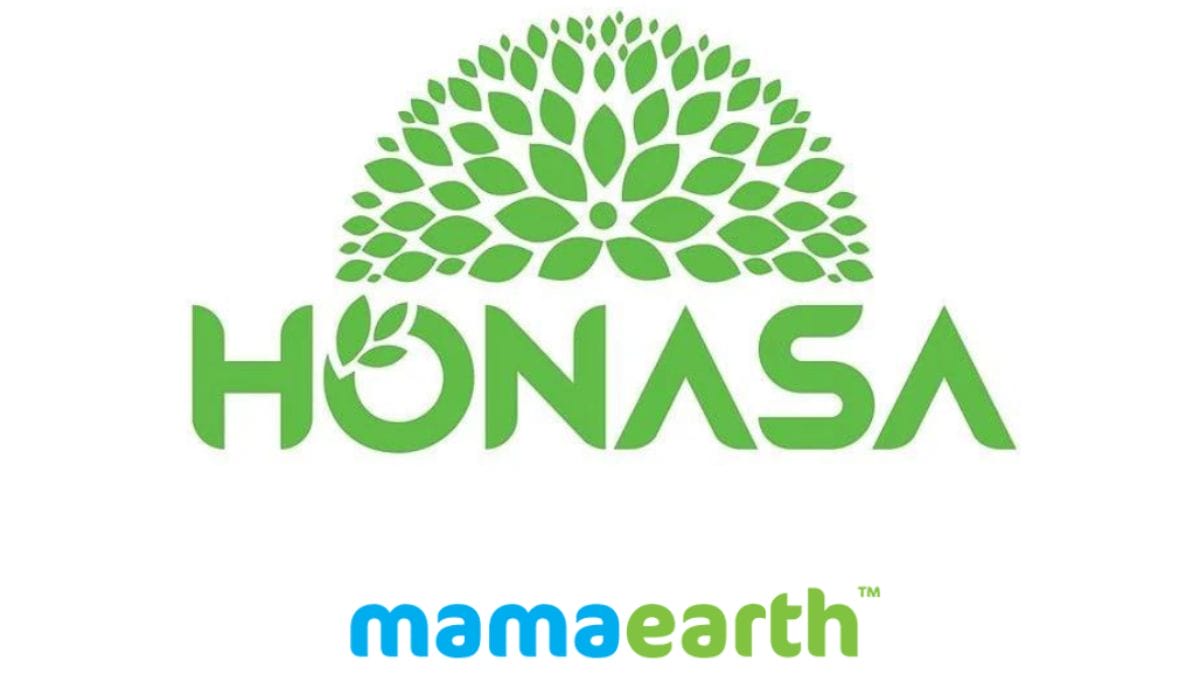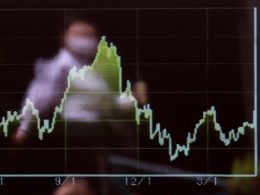Mamaearth’s Parent Company Honasa Consumer Faces Significant Stock Decline Post Q2 FY2024-25 Results
Honasa Consumer Ltd., the parent company of Mamaearth, The Derma Co., and BBlunt, was once the shining star in the fast-moving consumer goods (FMCG) sector in India. Its journey, from being a D2C innovator to a public company, was seen as a testament to the power of digital-first brands. However, following its Q2 FY2024-25 results, the company’s stock has taken a significant hit, plummeting approximately 45% from its 52-week high. This decline raises questions about its business model, growth sustainability, and investor confidence.
This article delves deep into the reasons for this dramatic fall, its implications for stakeholders, and Honasa’s strategies to stabilize its position.
A Promising IPO and Early Optimism
Honasa Consumer’s IPO in November 2023 was met with enthusiasm, given Mamaearth’s brand equity and its positioning as a sustainable, millennial-friendly company. Priced at ₹324 per share, the stock saw early gains, reaching a peak of ₹547 in September 2024, driven by optimistic revenue forecasts and brand strength.
However, the company’s reliance on a single brand, Mamaearth, raised concerns among analysts about its ability to sustain growth in a competitive FMCG market.

Q2 FY2024-25 Earnings: A Turning Point
Honasa Consumer’s Q2 FY2024-25 earnings report revealed troubling numbers:
-
Revenue Decline
The company reported revenue of ₹462 crore, down 6.9% year-on-year from ₹496 crore. Adjusted for inventory corrections, revenue stood at ₹525 crore, reflecting tepid growth of 5.7%. -
Net Loss
The net loss for the quarter was ₹19 crore, a stark contrast to the ₹29 crore profit reported during the same period last year. -
Decline in Profitability
Honasa posted an operational loss of ₹31 crore, down from a profit of ₹40 crore year-on-year. This was primarily due to higher operational costs and inventory adjustments. -
Distribution Challenges
The company transitioned from a super-stockist model to direct distributors in the top 50 cities, a move that disrupted its supply chain and negatively impacted revenues in the short term.
Market Reaction: Sharp Decline in Share Price
The disappointing results triggered a sharp sell-off. On November 18, 2024, Honasa Consumer’s shares hit the 20% lower circuit limit on both NSE and BSE, closing at ₹295.80. This was below its IPO price of ₹324 and marked a 45% decline from its peak.
Investor sentiment has turned bearish due to concerns over Honasa’s profitability, reliance on Mamaearth, and the overall FMCG market slowdown.

Factors Contributing to the Decline
-
Overdependence on Mamaearth
Despite positioning itself as a “house of brands,” Honasa derives a significant portion of its revenue from Mamaearth. A slowdown in the brand’s growth has exposed the company’s vulnerability. -
Inventory and Operational Issues
Honasa’s decision to revamp its distribution model caused short-term disruptions, leading to lower revenue and higher operational costs. -
Competitive FMCG Landscape
Established players like Hindustan Unilever, ITC, and Procter & Gamble have intensified competition in the personal care segment. These companies enjoy economies of scale and brand loyalty, making it harder for Honasa to expand its market share. -
Economic Pressures
Inflationary pressures and shifting consumer behavior have dampened demand for discretionary FMCG products, including premium personal care items like those offered by Mamaearth.

CEO’s Response and Strategic Initiatives
In the wake of the Q2 results, Honasa Consumer’s CEO Varun Alagh has outlined several corrective measures:
-
Portfolio Diversification
Honasa plans to reduce its reliance on Mamaearth by scaling other brands like The Derma Co. and BBlunt. -
Streamlining Distribution
The company aims to stabilize its new distribution model, which prioritizes direct distributor relationships over super-stockists. -
Cost Optimization
Efforts are underway to reduce operational costs without compromising product quality or marketing effectiveness. -
Focus on Innovation
Honasa is looking to innovate its product offerings, especially in high-demand categories like sunscreen, baby care, and skincare.
Challenges Ahead
While the outlined strategies appear promising, Honasa faces several hurdles:
-
Restoring Investor Confidence
The company must demonstrate clear progress in returning to profitability and achieving sustainable growth. -
Market Saturation and Competition
As competition increases in the FMCG sector, Honasa will need to differentiate its brands and maintain relevance among its target audience. -
Adapting to Macro Trends
With inflation and consumer spending cuts affecting the FMCG sector, Honasa needs to adapt quickly to changing economic conditions. -
Scaling Beyond D2C
While Honasa has been successful as a D2C brand, it needs to strengthen its offline presence to compete with established FMCG giants effectively.

Market Sentiment and Analyst Opinions
Analysts are divided on Honasa’s prospects. While some see potential in its diversified brand portfolio and digital-first approach, others remain skeptical about its ability to scale and sustain profitability.
Conclusion
Honasa Consumer’s post-Q2 decline underscores the challenges faced by D2C brands transitioning to public markets. While the company’s strategic initiatives may yield long-term benefits, the short-term outlook remains uncertain. Honasa must execute its plans efficiently to regain investor trust and stabilize its stock performance.
The company’s journey serves as a cautionary tale for other startups considering IPOs, emphasizing the importance of sustainable growth, diversification, and robust operational strategies. For investors, the coming quarters will be crucial in determining whether Honasa can rebound and fulfill its promise as a leader in the FMCG sector.









